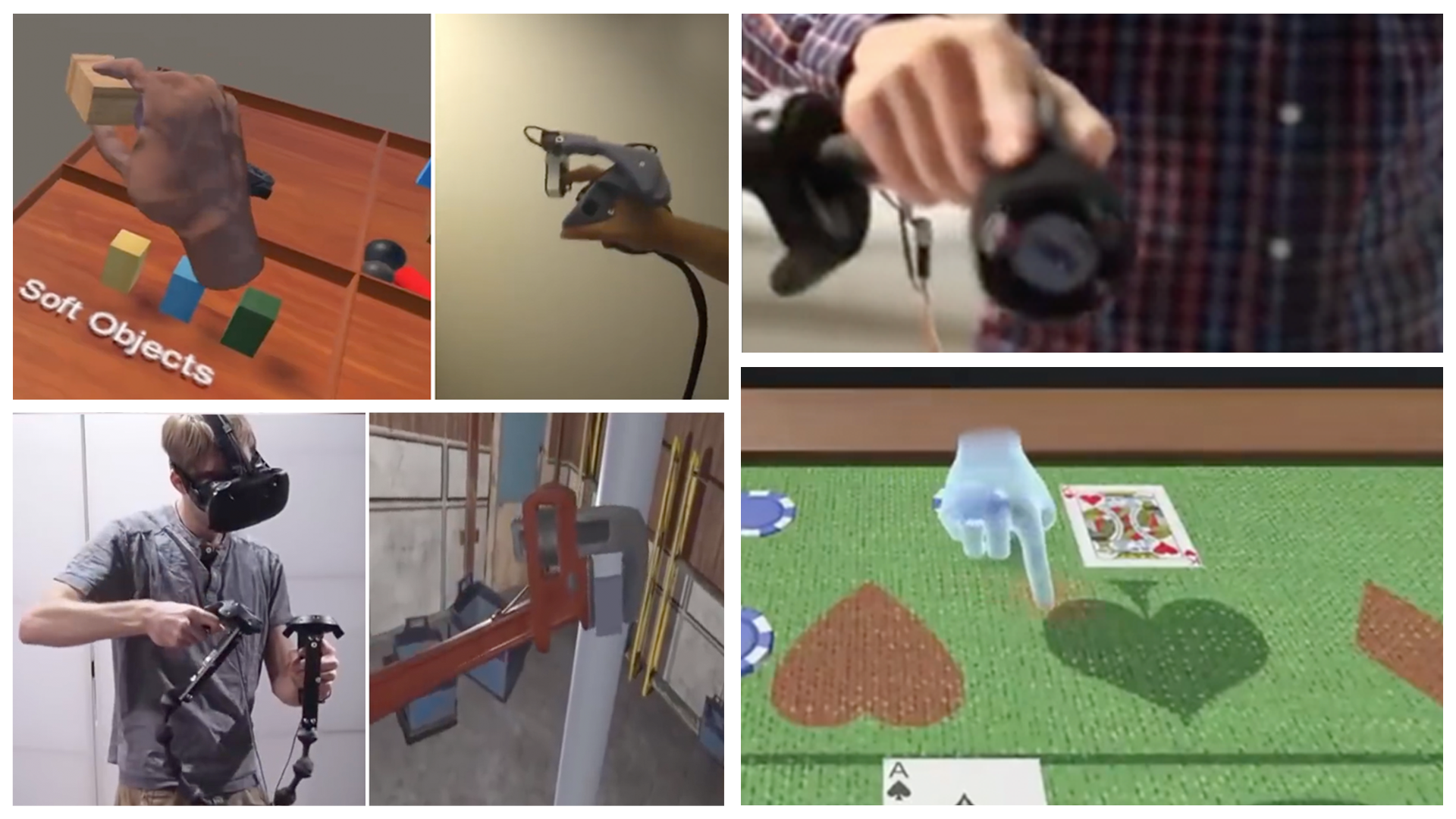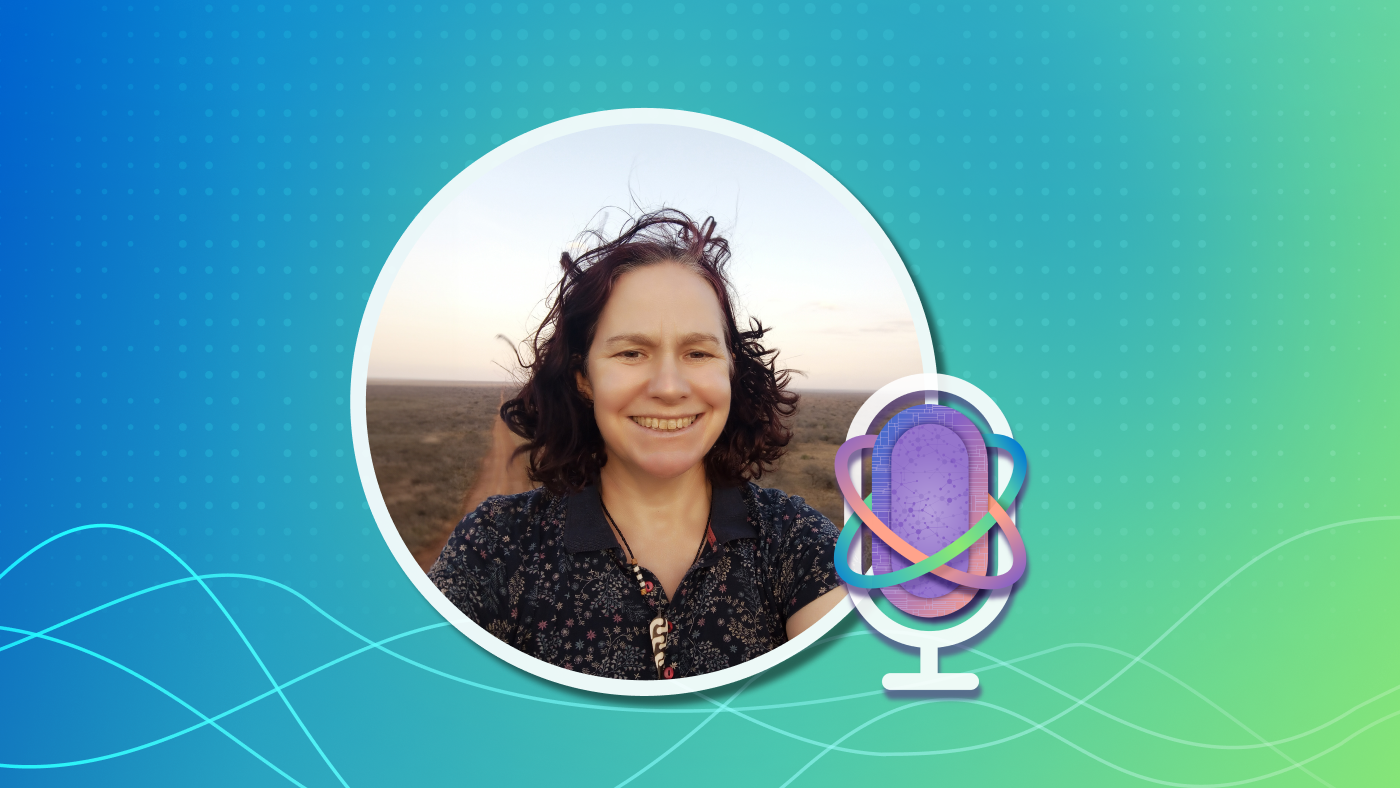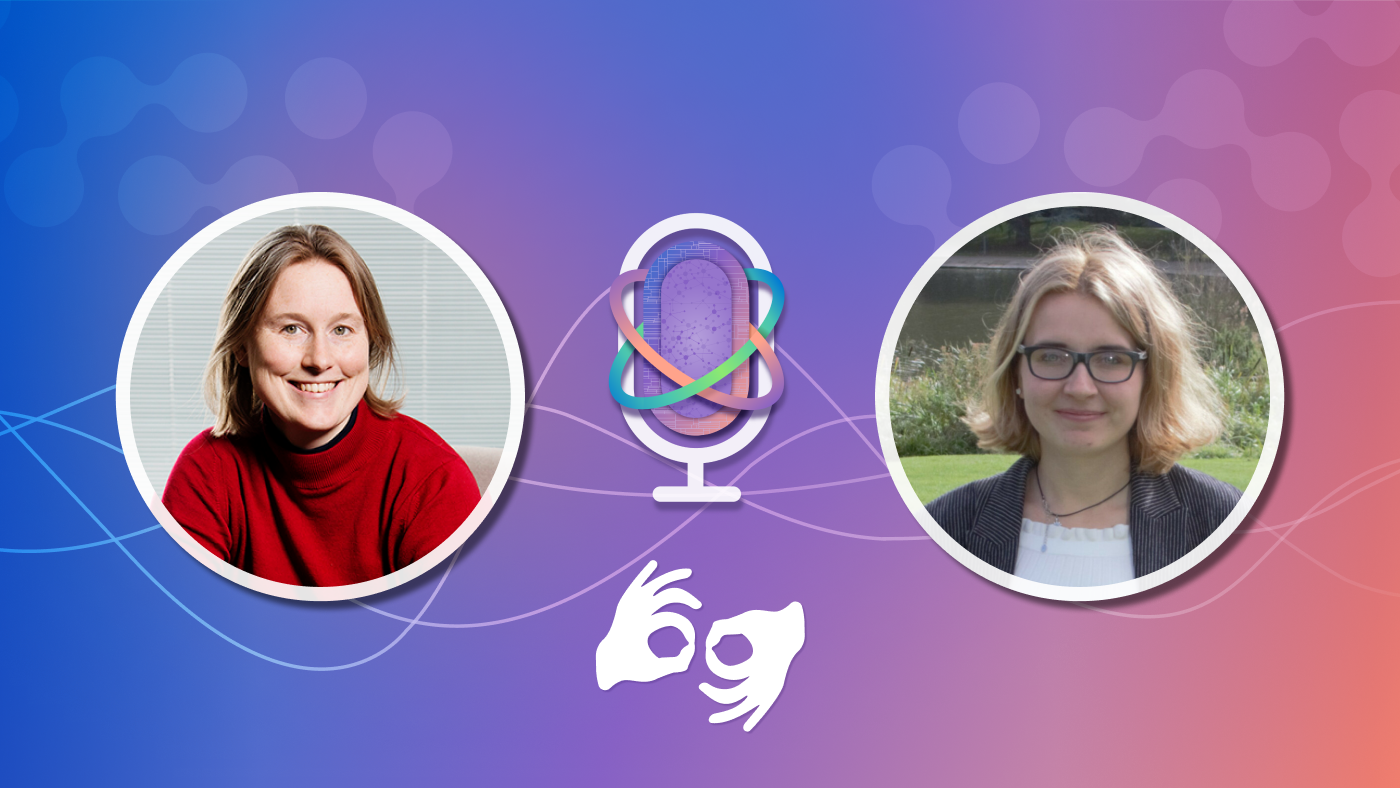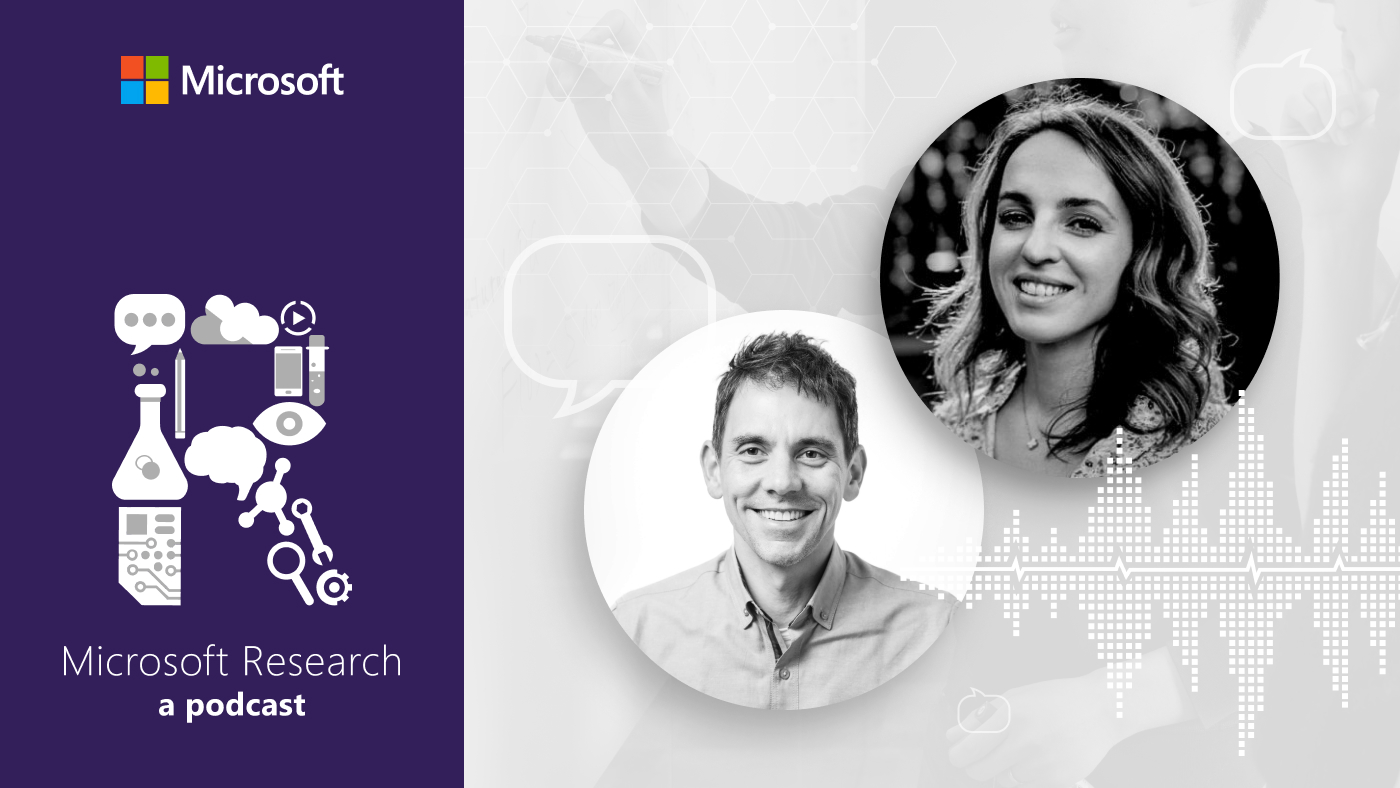By Rob Knies, Managing Editor, Microsoft Research
Talk about being in the right place at the right time. The newest member of Microsoft Research New England (opens in new tab), danah boyd (opens in new tab), 31, has been investigating the phenomenon of social network sites since before they took the Internet by storm. boyd—she eschews the capitals—took a little time recently to discuss her work.
Q: What enticed you to join Microsoft Research?
Spotlight: Microsoft research newsletter
boyd: I’ve known about Microsoft Research since I was midway through my college years, when I was studying computer science at Brown. I was doing graphics, and I started visualizing all of the publications out of SIGGRAPH. Microsoft Research was doing much of the innovative work in computer graphics.
I started talking to people about Microsoft Research, and the stories were amazing: getting to do any research you wanted, getting to work with the academic community, getting to follow anything to your heart’s content.
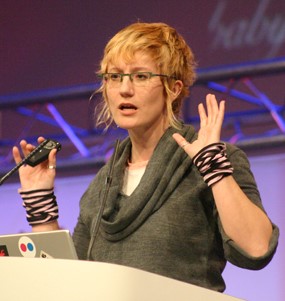
danah boyd
I stopped doing graphics, but I continued into research, and once again, every field that I went into, I’d run into people from Microsoft Research, doing some of the coolest things, telling me amazing stories of what it meant to be at Microsoft Research.
There were a couple of reasons why I was resistant to going to Microsoft Research in Redmond. One is actually a simple, practical issue: I’m absolutely afraid of gray days. Gray days make me miserable. I’m never moving to Seattle. But as I was finishing my degree, I learned about the new New England lab and heard rumors that they were interested in social media. I thought: “Hmm, what is this? This is quite interesting.”
And then a funny thing happened. I was coming to Seattle to give a talk. I got a phone call from [former Microsoft Research executive] Linda Stone, and she said, “You’re going to have dinner at my house.” You don’t say no to Linda.
I arrived at her house, and she introduced me to Jennifer Chayes (opens in new tab) and Christian Borgs (opens in new tab) [managing director and deputy managing director, respectively, of Microsoft Research New England]. Jennifer and I clicked just like that. I was so enthralled with her energy, her enthusiasm. We started finding all these places where our interests overlapped.
All of a sudden, I thought: “I could totally work for you. I like you.” She said: “You belong here. Let’s figure out a way to make this work.” I couldn’t say no. The rest is history.
When I was interviewing, I met with Rick Rashid (opens in new tab) [senior vice president of Microsoft Research]. I was completely enamored listening to him describe what he wanted to get out of Microsoft Research. His values and his approach to research are completely in line with what I think is really important.
Q: What has your experience been like thus far? Do you have any immediate goals?
boyd: There are two distinct flavors of Microsoft in New England—the research facility, on the 14th floor, and an incubation lab, on the 10th and 11th floors. I’m lucky enough to get to go back and forth.
It’s all ideas all the time. Upstairs, I am thinking about how I can take behavior and model it or complicate already existing models based on what I know. Downstairs, I’m talking to people about innovative ideas and approaches. It’s a constant state of creativity. There’s an interesting, startup-esque feel to both labs.
Practically speaking, I’m trying to figure out my team. I’ve found three interns for this upcoming summer, which is great, and I’ve already started bringing in consulting researchers to collaborate with.
I’m trying to figure out where my research agenda is going to go. I’m having this great moment where I could go in a variety of different research directions. The nice thing is that nobody is telling me I have to go in one direction or another. I’m free to go into any particular branch that I find interesting, and that is glorious. I feel completely free to follow my curiosity.
Of course, everything that I do will connect to social media and everyday practices. We have all these new forms of social media, and they’re rupturing boundaries, most noticeably around notions of public or private. We have built structures that are often binary: Data is public or private. We have modeled it with access-control lists, very formalistic structures. And yet people aren’t behaving that way.
My current research project is: How are people negotiating these boundaries, and how are they doing it when they’re posting constant streams of information? I’m looking at the phenomenon of micro-blogging, status updates, what I’m calling “social nuggets.” When people are constantly streaming little bits about their social world—where they are, what they’re doing, what their mood is, what links they think you should be paying attention to—how are they managing what we would normally think of as boundaries and audiences and contexts?
Q: You’ve developed a significant reputation. Why has your work captured so much attention?
boyd: I like studying things as they are happening. I’ve been enamored with all forms of social media since I was a teenager. The whole reason I got into computers and went on to study computer science was that I was fascinated by the ability that computers had to connect people.
I started visualizing large data sets of networks, but I was really interested in the people in those networks. All my research has gone down this path. My first research projects at MIT were visualizing people and social networks through their emails: Who would you cc and bcc? How could you make sense of somebody in relation to the people they know? What could we learn about the structural properties of such systems?
In December 2002, a friend called to say: “There is a new startup on the horizon that you’re going to find really interesting. It’s this site called Friendster.” I logged in and started tracking what was going on. I had been blogging since 1997, so I started tracking the phenomenon on my blog even before blogging had really caught on. The first proper press article on Friendster was June 2003, and I was tracking this publicly from February 2003.
People were starting to get curious in the Valley: What is this phenomenon? It didn’t take long for them to get to my blog. I was creating a resource of what was going on: my comments, my analysis, different interviews. People started sending me data. I wasn’t even thinking of it as a research project. It was more that this is what I do.
I was able to track this particular phenomenon from its very origins through all of its changes and issues. I was constantly in communication with people who were a core part of that activity. I wanted to make sense of them as social phenomena, not just as technological creations. The fact that I was in constant dialogue with people is what many found interesting.
At one point, I decided to walk away from all this, and I applied for money to study youth practices. I was done with social network sites; I was going to go study teenagers. Then teenagers decided to jump onto MySpace, and I was back in the middle of it.
That sparked an entirely new audience of people who were curious about research into social network sites. Journalists thought it was fascinating, technology companies, venture capitalists, the Valley. Part of it was timing. The dot-com crash had happened, and people were desperate for a sign that the economy would come back, that there would be another round of startup culture.
When I started studying youth, I was dealing with new audiences. All of a sudden, I was talking with parents, youth ministers, teachers, anybody who was working with kids: librarians, government, policymakers, law enforcement, NGOs and other nonprofits, mental-health experts.
My blog (opens in new tab) has continued to be my venting zone, the place where I write whatever is on my mind. If it’s useful to you, great; if it’s not, don’t stick around. I don’t want it to be a place where I’m controlled or have a responsibility. That has kept it really pure for me, because I can spout off, but also because I never think of it as the place where I publish research. Many more people read my blog than read my research itself. They’re two distinct bodies of work.
In December, I gave a talk to parents, primarily of middle schoolers, about what was going on, how they could make sense of this shifting landscape. They were totally frightened by it. Is that a research talk? It’s driven by research, but it’s not a research talk per se. That’s fundamentally different from an academic talk. Microsoft Research gives me the opportunity to first and foremost be a researcher, but also to be able to connect with product makers or policymakers or people around the community.
Q: What are the biggest misconceptions about MySpace and Facebook?
boyd: These are frequently discussed as social networking sites, as though the primary activity of these sites is to meet new people and interact with strangers. In fact, young people are using this to socialize with the people they already know, their pre-existing social network. They’re communicating with their friends, people they know from church, from summer camp, from baseball. We have this belief that kids are just addicted to social network sites. If anything, they’re addicted to their friends.
Young people desperately want to connect with the people around them, and often they don’t have the ability to do so face-to-face. In the upper socioeconomic levels, it’s often connected to the tendency by adults to overstructure teens’ lives: tons of activities they’re involved in, lots of homework, living where there’s no public transportation, everybody being afraid that if kids go outside they might be harmed, having to rely on parents to drive them places—a variety of factors that make it difficult to get together with your friends.
Lower socioeconomic dynamics are often very different. It is more common that they will socialize with their peers in person, but geography is still a huge factor. In cities where everybody is bused, it’s not easy to hang out with your friends when they live 20 to 30 miles away. Also, kids are shooed away from places we normally think of as public, because they are seen as a nuisance. We have curfew laws, trespassing laws, loitering laws that are targeted at kids.
So here come these tools where it’s not just one-on-one hanging out, as IM or texting might offer, but the ability to gather with all of their friends at once, to see and be seen. A lot of the conversations might look really pointless to an outside viewer: “Yo, what’s up?” “Not much, how you?” “Good. Whatcha doing?” “Nothing.” But this is a form of social grooming. Is anything meaningful being said? Probably not, but it’s a particularly critical process for young people. That’s how they figure out how the social world works.
How do you present yourself online? How do you make certain that the impression that you give is what you intend to give? Peer management, questions of popularity and status—the technology inflects all these dynamics in specific ways. You have to deal with properties and dynamics that are not part of what we assume to be everyday life.
You’ve got persistence: What you say sticks around. You’ve got replicability: You can copy and paste something from one place to another. The conversation can quickly move across space. You have searchability: You can find things and grab them at any different point. And the scale is so different. You write something embarrassing, and, like wildfire, it goes across the entire school.
Young people engaging in these sites always have to deal with invisible audiences—people who are there at the same time and people who might search for this 10 years from now. There’s no way you can hold all those possibilities in your head. You just have to create some imagined audience.
You have a collapsing of context. We’re used to specific spaces denoting specific context and adjusting our behavior and our language and our norms accordingly. These things don’t always translate. How do you deal with the collapsing of context and different kinds of language, especially when it gets you into trouble? There’s also the dynamic of the blurring of public and private.
All these things are constantly changing, and one of the things I highlight in my research is how young people are negotiating it. How do they sit there and say, “I have to publicly articulate my friends”? That’s the most awkward thing ever, but young people are doing it. They’re coming up with rules, and they’re learning new skills to deal with it.
The other critical thing that comes out of my research is that while there are some things that are changing, some things are very much staying the same. Social media mirrors and magnifies a lot of inequalities in our society. We still have these great dreams that the Internet will be the great equalizer, that it will be the democratizer, it will solve all of our major problems. One of the heartbreaking things that we see, especially through my work on social network sites, is that the same divisions that divide us as part of everyday society are also dividing us online. What’s been scary to watch online is to see those divisions reproduced, to face the very explicit ways in which things are very unequal, and to realize that we’re not comfortable in dealing with it.
This is part of a general downside of my research. The Internet makes visible things we are most comfortable not thinking about. What we are trying to do, which is ironic on so many levels, is make the technology make the visibility go away—“Let’s put it back in the box, pretend it doesn’t exist, and we’ll feel better about everything.”—rather than realizing that this is an amazing moment when we are being forced to deal with societal ills and that we’d be best off not trying to blame the technology, but trying to focus on the underlying problems.
Q: How do you see this technology evolving?
boyd: Social network sites and the practice of bringing your community with you into the online world, bridging the online and offline and making it part of a seamless experience are here to stay. Even before we had the term “social network,” people were finding ways to manage relations. The Internet just enables this in new ways. For every new structural change that is introduced because of a new technology, people will find ways of making it work for them. Even the most information-centered tools are often repurposed for social reasons.
Of course, every time we develop a new technology, we create unintended consequences. The social drives people, but not all social behavior is necessarily positive. But this isn’t necessarily the fault of the technology. In order to address the dynamics that emerge, we have to think about the socio-technical nature of everyday practices.
Technology will continue to evolve. The place where this is all obviously going is around location independence. What does it mean that you aren’t just tethered to a computer to be able to leverage your social network? You’re going to see a ton of new technologies emerge to “go mobile.” There has been unbelievable research in this area, and we’re starting to see some of it hit the pipeline. That said, we’re waiting for the infrastructure and the business side of things to catch up. If I’ve got one handheld and you’ve got another, platform independence isn’t really there. We have different mobile carriers. We have no standards, so we’re not getting network effects.
Network effects are everything. Social media means I don’t just need one other person; I need a high density of the people that I’m socializing with to all be able to do the same thing. So many of the technologies that we’re seeing in this space have not been about some great technological leap, they’ve been about figuring out these social dynamics.
No amount of lab testing can prepare you for what happens when something becomes a social phenomenon. That’s why I study what I do. I can’t ask the questions I want to ask in a lab. I need to see something thrown out into the wild and watch how people repurpose it. There are a million possible technologies. The key is to study them as they occur so you can figure out how to move things forward.
Q: How do you see your career arc developing?
boyd: What I hope to do with my work is to study these different phenomena surrounding a similar set of issues and then start figuring out the meta-narrative about how we live our lives, how we negotiate things, how mediated technologies are configuring and being configured by everyday practices.
When I talk about my research agenda, I’m talking in some ways about smaller projects. But the contributions I hope to make in my research career are about larger theories: How can I build a story of what’s going on and what we understand about human life and sociality?
What we’re trying to do is build teams that look at things at multiple levels, people who look at specific technologies and can help the world understand how to think about these technologies, but who will also provide a theoretical framework to help people come to terms with the broader set of implications.
I think that the puzzles that I will work on will always be different. But even when I boomerang to a totally different topic, I find myself coming back to the same set of basic theoretical questions. At the end of the day, I’m interested in sociality and public life and how technology changes practice.
I feel like it’s many lifetimes of work to figure those things out. I can’t imagine that I’ll get bored anytime soon.

